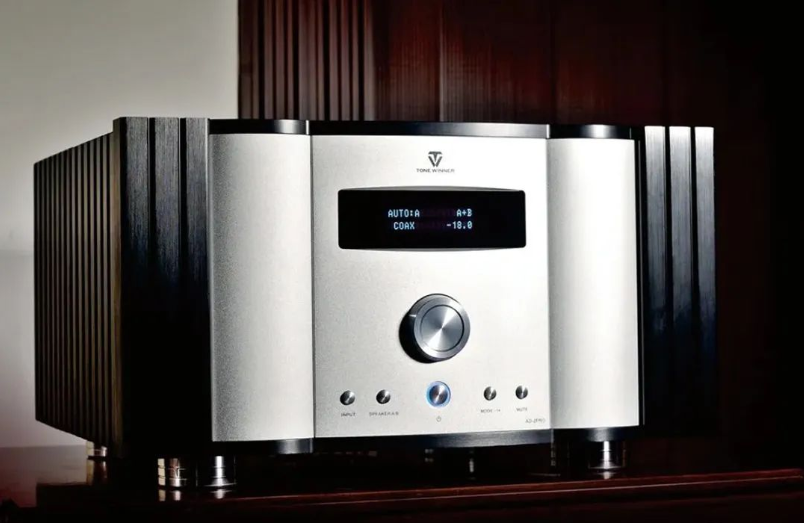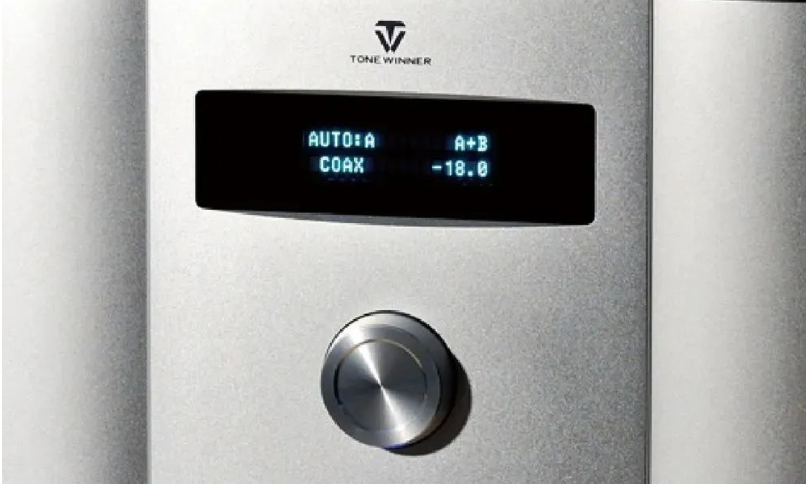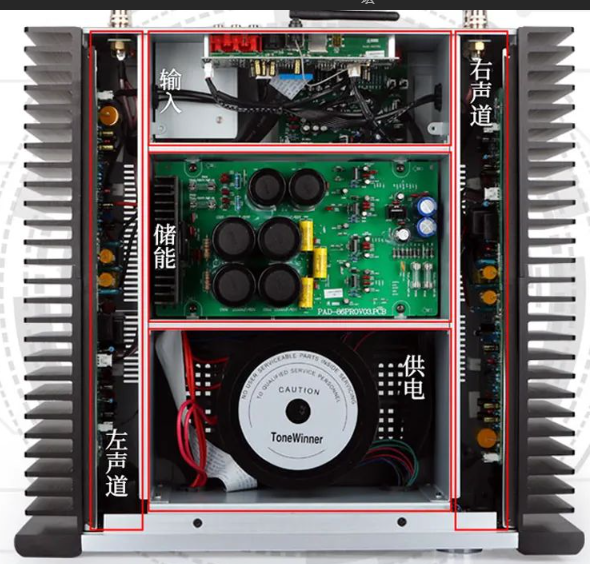How to Match Tonewinner Hi-Fi Amplifiers & Speakers
Tonewinner’s mainstream Hi-Fi power amplifiers mainly include AD-1 PRE & AD-1PA set, AD-2PRO Class A integrated amplifier, AD-3PRO+ Class A integrated amplifier, AD-86D Hi-Fi amplifier and AD-66D entry-level amplifier. And AD-99D Hi-Fi integrated amplifier is hitting the market these days. This article is about how to match these Hi-Fi amplifiers with suitable speakers.

Both AD-2PRO and AD-3PRO+ amplifiers have 2 channels with 200W/8Ω and 165W/8Ω per channel, which can provide sufficient power for rooms of 200-650 square feet to ensure ideal sound effect.
AD-86D is a multi-functional power amplifier with special Class A circuit that many audio enthusiasts will start with. The stable output power 2×120W/8Ω is suitable for high-fidelity playback in rooms of 160-550 square feet.
AD-66D is a cost-effective Hi-Fi power amplifier with 2×85W/8Ω, which is suitable for rooms of 100-430 square feet.
AD-99D is a multi-functional Hi-Fi amplifier with 2×180W/8Ω, which is suitable for rooms larger than what AD-86 can handle.

Part 1: Power of Amplifiers & Speakers
Generally, the power marked on the speakers does not just refer to the highest power, but the power range that the speaker can handle under normal working status. Since the playback signal is not a single frequency but consists of a range of frequencies including some instantaneous popping and bursts, this power range is about the frequency from lowest to highest.
But in fact, the overload boundary of speakers is generally 2-3 times more than the rated power written in the user manual. Therefore, when choosing speakers for your amplifiers, the rated power output of the amplifier can be larger than the rated power of the speaker, and the speakers will not get damaged when they are not always working at their fullest.
In this way, it is easier to take advantage of the power amplifier and adjust them to the best sound effect so as to drive speakers well.

Part 2: Power of Amplifiers & Sensitivity of Speakers
Be sure to pay attention to the power of amplifiers and the sensitivity of speakers. For some Hi-Fi speakers with low sensitivity, ample power of amplifiers is very important! In other words, using a big horse to drive a small cart is better than a small horse to a big cart.
Generally speaking, the sensitivity of Hi-Fi speakers is 86-90dB. For those lower than 85dB, they are very difficult to drive and need power amplifiers with a large power and a large current output, otherwise they can not achieve passable result.
Tonewinner’s flagship models AD-2PRO and AD-3PRO+ amplifiers are designed for these low-sensitivity speakers. AD-2PRO is designed based on AD-1PA amplifier, inherits the fully balanced amplifying circuit of AD-1PA, and selects components with better performance, higher efficiency and higher integration ability to further improve the overall performance.
AD-2PRO has a built-in 860W high-quality transformer, and 16 customized filter capacitors with a total capacitance of 128,000μF. AD-3PRO+ has a built-in 600W high-quality transformer, and support up to 80,000μF capacitance. Both of them handles wide dynamic response and sound field. The power of AD-2PRO is especially high, which can be said to be the nemesis of speakers that are difficult to drive.
In fact, the larger the power of amplifiers, the easier the speakers can be driven. The premise is that the rated output power of amplifiers is within 4 times of the speakers’ power. At the same time, according to the size of your room, you’d better choose Hi-Fi speakers with 85-90dB sensitivity.

Part 3: Impedance of Amplifiers & Speaker
Usually the output impedance of transistors is 4-8Ω, so the input impedance of the corresponding speaker should be within 4-8Ω.
Take Tonewinner AD-86D Hi-Fi power amplifier as an example. AD-86D integrates digital playing, decoding and amplification with high power reserve.When it is matched with speakers with 8Ωinput impedance, it can support 2×120W stereo power output; when matched with speakers with 4Ωinput impedance, it can handle 2×240W stereo power output.
Lorsque l'impédance d'entrée des haut-parleurs est inférieure à 4 ohms (probablement 2 ohms), la puissance demandée à l'amplificateur augmentera plusieurs fois, ce qui est susceptible de provoquer la surcharge et la protection contre les surintensités de l'amplificateur pour éviter tout dommage. Par conséquent, veillez à ne pas choisir des enceintes avec une impédance d'entrée trop faible. En effet, peu d'enceintes sur le marché ont une impédance inférieure à 3Ω. C'est pourquoi certaines enceintes DIY sans impédance suffisante peuvent endommager l'amplificateur de puissance correspondant.

Ci-dessus, tout est question de savoir comment faire correspondre les amplificateurs et les haut-parleurs Tonewinner. J'espère que cela vous aidera à choisir votre meilleure configuration.